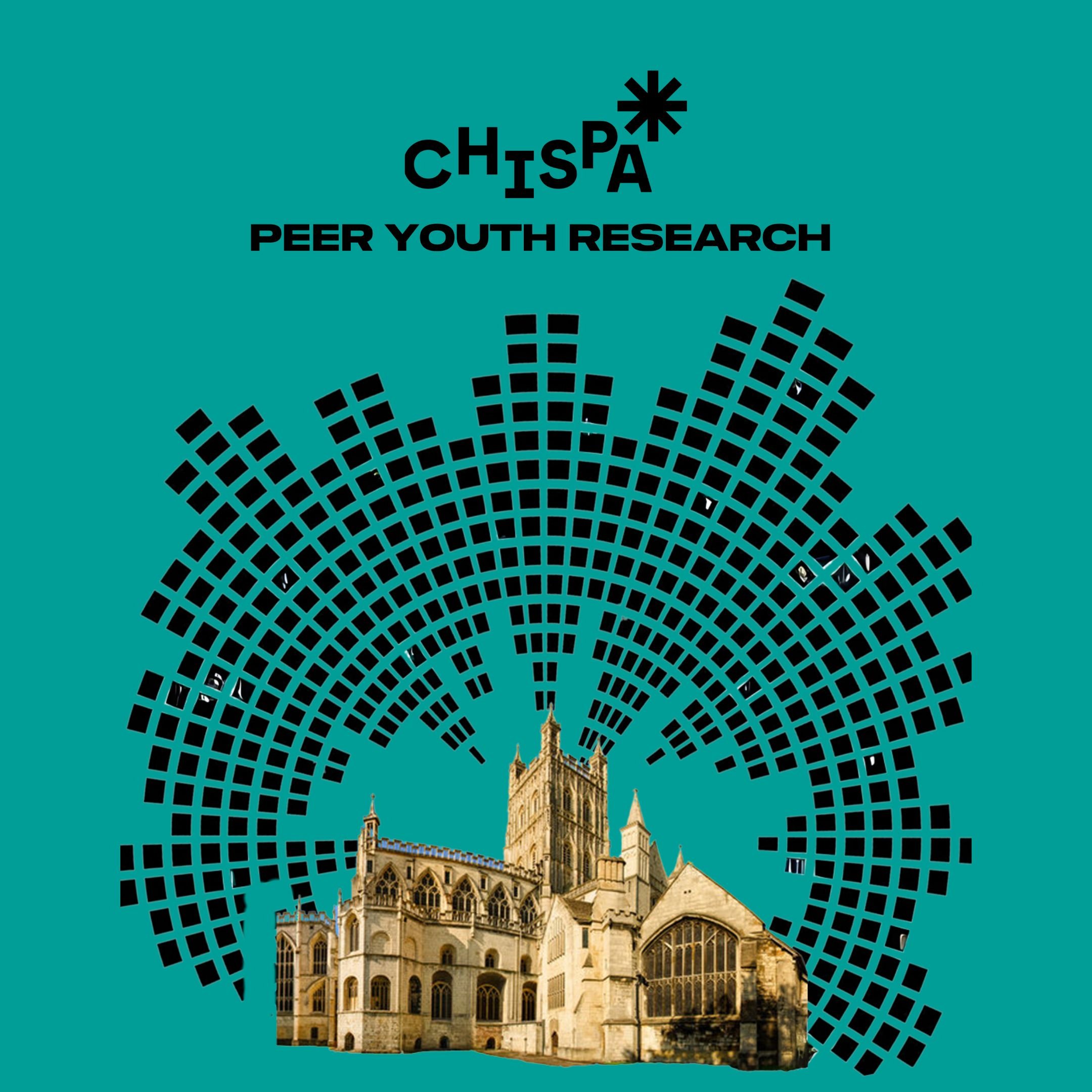
Peer Youth Research and Leadership development Pilot
We conducted a youth research project in Gloucester to establish the organisation Chispa CIC as a youth led organisation, with youth voice at its core. With this pilot we wanted to get young people’s views on solutions to reduce youth violence and create increased youth participation in the decision making in public spaces and cultural programming in Gloucester.
The Full Tilt Peer Action Research pilot focused on reclaiming public spaces and amplifying youth voices, the project aimed to create a multipurpose training, performance, and youth space in Gloucester Park. Grounded in youth leadership, the research embedded young people from diverse backgrounds as peer researchers, ensuring their voices and experiences shaped every aspect of the project. This pilot was to be part of an ongoing dialogue with young people in the multipurpose space which would inform the cultural and youth programming in the space on an ongoing basis, ensuring that programmes remained responsive and relevant to young people and their communities.
The research revealed profound insights across four core areas that showcase the challenges, strengths, and aspirations of Gloucester’s youth. These findings, supported by five critical key points, make a compelling case for urgent community action to empower young people and create a more inclusive and supportive environment in Gloucester.
1. Perceptions of Life in Gloucester: Embracing Identity and Community
Young participants expressed a deep connection to Gloucester, appreciating its diversity, friendliness, and cultural richness. This is tempered by concerns about infrastructure, safety, and a lack of youth-focused opportunities. Many young participants highlighted how their sense of belonging is closely tied to community spirit, but they also struggle with Gloucester’s limitations.
The research revealed profound insights across four core areas that showcase the challenges, strengths, and aspirations of Gloucester’s youth. These findings, supported by five critical key points, make a compelling case for urgent community action to empower young people and create a more inclusive and supportive environment in Gloucester.
2. Navigating Challenges: Barriers to Thriving
The research highlighted issues impacting young people, including safety concerns, gang culture, and inadequate mental health support. Young people repeatedly pointed out that public spaces, particularly Gloucester Park, feel unsafe—especially after dark. Additionally, they struggle with the lack of accessible infrastructure, leaving them feeling marginalised in their own city.
Key Point 2: Safety is a critical concern, but young people have ideas to change this. One participant voiced their frustration: “Gloucester Park feels safe during the day, but at night, it’s a different story.” Youth feel that a lack of well-maintained, safe spaces contributes to social isolation and the lure of negative influences. Many believe that with the right investments in safety, they could reclaim these spaces and transform them into hubs.
Key Point 3: Mental health challenges are significant, and young people want more support. As one young person explained, “We need places that don’t just keep us busy but help us deal with life.” The impact of inadequate mental health support, exacerbated by the pandemic, is tangible, and young people are calling for more accessible resources that offer holistic support—spaces where they can address not just their recreational needs but their emotional well-being.
3. Aspirations and Role Models: Dreams of Growth
Despite challenges, the research highlights a profound sense of ambition among young people. They are eager to develop skills, explore creative outlets, and contribute to their community, yet many feel they lack the opportunities and role models to guide them. Whether through learning practical life skills or engaging in creative pursuits, young people are ready to lead if given the opportunity.
Key Point 4: Young people want role models who reflect their experiences and values. One participant shared, “I’m inspired by people who have had to fight against prejudice and still made it.” This sentiment echoes across young people in Gloucester, many of whom are searching for mentors who understand their struggles and can help them navigate the complexities of life. There is a hunger for relatable, local role models who can guide young people through both personal and professional growth.
4. Visions for Community Improvement: Building a Better Gloucester
The young participants are not passive—they have clear, actionable ideas for improving their city. From suggesting the creation of safe, multi-purpose recreational spaces to envisioning more cultural events, their desires are focused on fostering a stronger sense of belonging and inclusion. They believe that with better facilities and more community engagement, Gloucester can become a city where every young person thrives.
Key Point 5: A multi-purpose youth space could be a game-changer. Many young people were excited about the prospect of a dedicated space for physical activities like parkour, dance, and calisthenics, combined with creative and cultural programming. One participant passionately remarked, “A place where we can come together, stay active, and learn from each other would bring the whole community up.” They see this as a way to break down barriers, bridge divides, and create a more cohesive community where everyone feels they belong.

